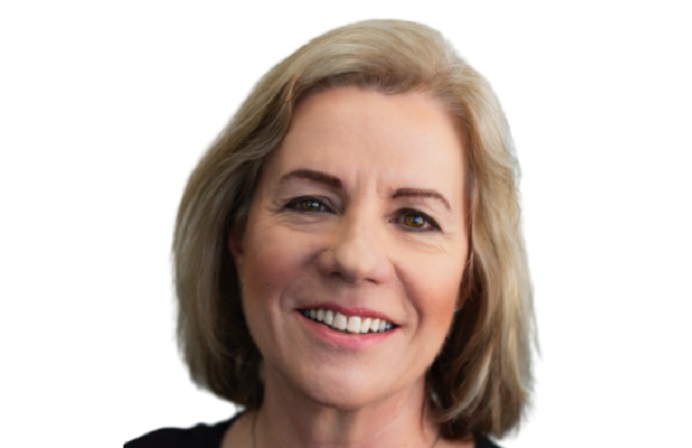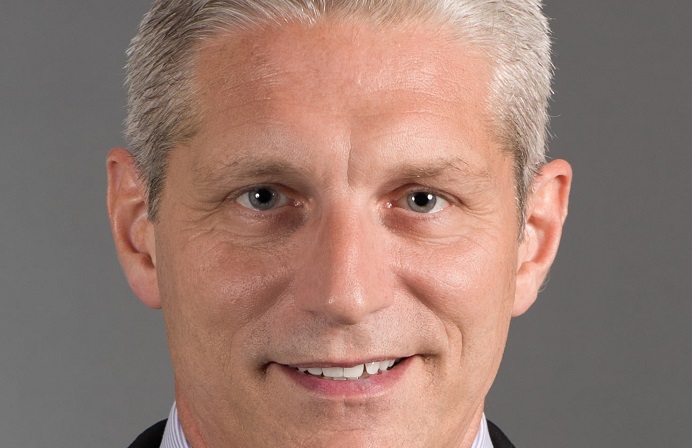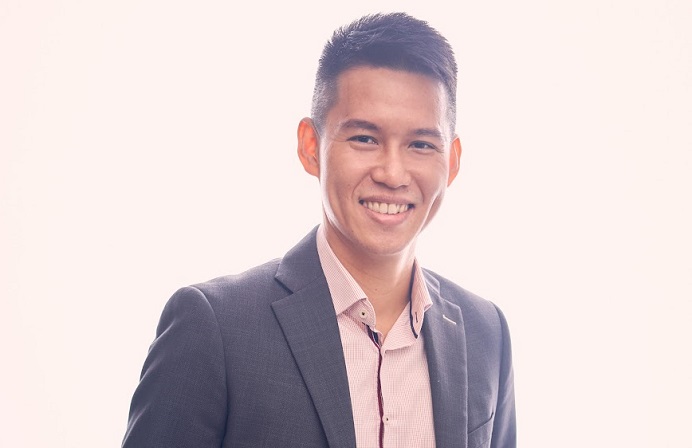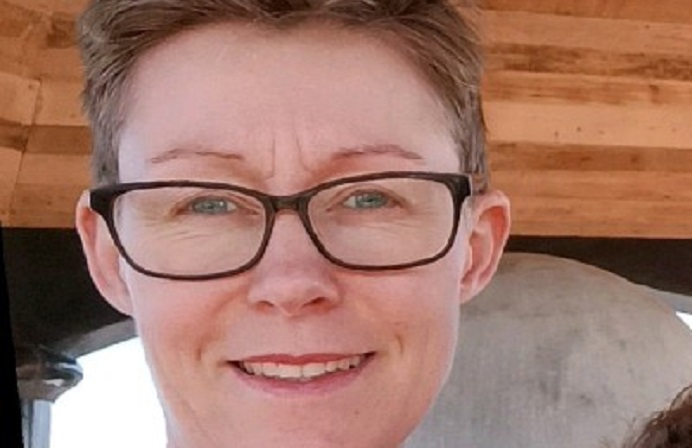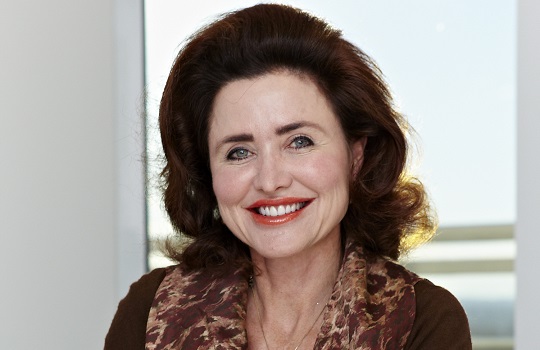
ING Direct’s Executive Director of Customer Delivery speaks to FST Media about how social media platforms will change the way that ING Direct can interact with its customers.
FST Media: What are your key priorities in the next 12 to 18 months?
Claes: Our strategy in the next 12 to 18 months is very simple. We are in the transformation of becoming a customer’s main financial institution so in the near future we will continue building out the primary bank proposition. We currently have savings, mortgages, transaction accounts and superannuation which are key footholds in the financial services customer lifecycle, but we will be adding a consumer credit product and other essential category killing products to that suite. However, it is not just about ING having simple, high value products, which I am confident we have brought to the market today, it is also about ensuring that our customers have an enjoyable experience with ING. We want to make it very easy for them to see the breadth of our offering and building up our product lifecycle. We have done a lot of work on the foundation to be able to support some exciting work on the customer interface. Now we are focusing on improving our campaign management, content management and personal financial management tools to allow us to be more meaningful to the customer by customers with our proposition and empowering them with the right tools to be able to manage their money in the way they want.
FST Media: Which emerging trend or innovation currently flying under the radar do you think will have the greatest impact on the sector today?
Claes: The financial services industry is on the cusp of significant transformation and that is largely being pulled rather than pushed by digital. What that trend has ignited within customers is an appetite for transparency, immediacy, and value. I think financial services is one of the laggards in terms of how it has responded to the digital and consumer trend.
What we need to focus on is who is going to be able to adapt and create change in the midst of these trends. I think we are one of the last industries to make the mindset shift from finding the right answer to the optimal path forward. A lot of adjacent industries and other consumer industries have taken massive steps in restructuring their resources and culture to be able to be agile so that they can respond to constant and continuous change in the interest of the customer. This move towards enhancing customer experience is going to reshape financial services and we also have to consider how will financial services change or manipulate data.
FST Media: How will social media platforms change the way that ING Direct can interact with its customers, particularly in terms of customer delivery?
Claes: There are three key ways in which social media platforms will fundamentally change our interactions with our customers. Firstly, in content development, we are creating a content series and we need to consider our target demographic to ensure that the messaging and the creative resonates with those particular age groups. Because social media acts as a continual feedback loop, we will use the feedback from that targeting and that has been quite specifically crafted to evolve. Another way we can harness the power of social media is in our tone of voice, so we can ensure that we do not use the language our legal department might use. Our bank is more than just a brand, and we are here to help customers get ahead and use social media as a channel in a way that will resonate with them. Finally, the key advantage of social media is being available all the time; it is always online. Gen Y, who are the largest consumers of social media, are always online, so we have to be ready to meet their demands and needs.
FST Media: What is your most effective customer acquisition channel and why?
Claes: For ING Direct, our primary channel is currently digital; mobile is very close on its heels as we build out the capability in that channel to be way beyond just a service device. Digital is a key acquisition channel for us because it is real-time and seamlessly facilitates cross-buy, self-service. It enables people to be self-directed in terms of not only serving themselves, but buying product and is more cost-effective. Digital is also a very strong complement to our human channels. If we can build our digital channel in a way that empowers acquisitions through cross-buys, self-service and self-direction, this will be tapping into what our customers want.
FST Media: What is it that first appealed to you about the banking industry and what methods would you consider to increase the number of women in the financial services sector?
Claes: My background is quite different to traditional banking executives as I was a barrister when I graduated from university, so I have had quite an interesting career trajectory. Banking ticks all the boxes for me personally. I am very happy where I am and I know very clearly what appeals to me about banking. I am a very curious person by nature, I love people and I am also a very eclectic person. I like stimulatives from lots of different fields, and I think banking as an intellectual pursuit is fascinating because there are a lot of parts to the banking value chain. There is risk, process, product, pricing and there is also the incredible human element, both in terms of staff and the customers that banking enterprise serves, so for me it is a very complete ecosystem. If you can picture a pyramid, there are actually a lot of women who bank, but there are not as many women in finance when you ascent the upper echelons of banking. The key question then becomes, ‘How do we encourage more women to take the escalator up the pyramid?’
I think there are a number of answers for increasing gender equality and diversity in finance. Firstly, there are a raft of initiatives currently being pursued across the industry but these initiatives are not bearing fruit as quickly as the proponents would like. I do believe that attacking the challenge from a number of angles will slowly but surely move the compass along. I think one of the most powerful ways to implement change in this space is having women making up a fair percentage of your board as well as holding positions in your executive ranks. It is a very strong signal to women externally and internally that women can be leaders and it is quite normal and natural for women to be making these decisions at a senior management level. I think there are a whole lot of other non-textbook skills that certainly are useful in the banking arena. You have to be numerate. There is an engendered misconception that women do not like mathematics so, in my household, I tell my daughters that they have to do Advanced Maths. The idea of working with numbers is very important – you have to be comfortable with it. Everyone in any industry has to be articulate and be able to influence others, and understanding data is a key part of this. There are a wide array of targeted programs that can help women in that respect. There are some forces that will naturally enable women to rise to the top and they are already in play, but I think there are some particular interventions that would help enormously.
FST Media: How are you leveraging data analytics to gain a deeper understanding of your customers and develop personalised solutions for them?
Claes: Developing analytic skills to understand our customers is a core pillar of our global strategy. It helps us understand the problems our customers care about and what impacts them. Through analytics, we can discover unknown points of friction on the customer journey and that will enable us to become more proactive in our analysis; to identify future problems and address them before they occur. Another example would be how we are using channel analytics to show us where on the web people stop searching for information and call the contact centre. This data allows us to prioritise initiatives internally against customer needs, so we can see what the biggest drivers are of engagement, satisfaction or advocacy. We can also see the speed that our digital services are impacting on the ease and likelihood of a customer completing the process to switch to us, so analytics are a key input into our decision making to ensure we get the most out of any investment we make as a bank. Finally, data is a great calibrator. It enables us to validate hypotheses and assumptions. If we have the right analytics and tracking tools in place, it gives us the ability to test, learn, measure and progress, so it is a critical tool in the armoury of building an innovative culture.
FST Media: What are your thoughts on cloud adoption and the significance of having a strategy when it comes to implementing cloud?
Claes: Whether it is cloud technology or machine learning, artificial intelligence or the Internet of Things, there are all these buzz words that describe real phenomena that are happening right now and may be a little unconventional. These trends for delivering a better customer proposition are not new. What we need to look at closely is who is actually moving on in a practical customer-centric manner. It is the banks that can commercialise and operationalise this technology for customers the quickest that are going to be the most successful.
FST Media: What will payments look like in 2020?
Claes: At the heart of payments is fundamentally the notion of personal interaction. I do not think that consumers are wanting to move away from that, but what the payments of the future will do is facilitate that personal interaction to come to the fore. Devices will broker the identification and authentication, with the transfer of funds happening through the simplest way possible such as voice prints, biometrics and facial recognition. Digital is going to completely strip out the administration aspect of payments to allow the connectivity and the human side of payments to come to the fore. In Netherlands, ING customers can be authenticated and transfer money by speaking to ‘Inge’, their digital personal banker. This initiative has been very successful to date, because customers like the personal touch through Inge, the digital assistant, who allows them to do everyday transactions like transferring funds in a simple and seamless way. Digital is taking away all the hassle and allowing people to connect. I think the future of payments will see the standard processes of payments today become almost invisible; it will be done by voice recognition or a mobile phone number.
FST Media: How do you encourage a culture of innovation within your team?
Claes: It is simple and complex at the same time because when you are a leader in a large organisation, change can be seen as a risk to the existing model. Organisations are subconsciously designed to continue and repeat the successes of the past, and that is not what drives innovation. What I try to do is encourage my staff to challenge the status quo. This is one of our values and I give our staff permission to fail, not because I like failure, but because I like trying and pushing the boundaries of what we can do. I have a lot of ideas! I have also had several initiatives as a product of those ideas in the past. I’ve had a couple that I was absolutely sure would be incredible successes, and failed in the feasibility, and in my environment, I was congratulated for that because I save the organisation hell of a lot of time and money by not pushing forward with it, but that is the sort of thing, the way I’ve been treated and the way I like to treat my people. I want them to push the envelope, I want them to challenge the status quo, and I want them to have a proper go, and I am not going to fire them if they fail, but I also know that the learnings from those attempts are richer than the learnings they get from doing an initiative first off and succeeding. So that is the cultural leadership to drive innovation I try to push forward. We’ve also, I am assisted here by having a lot of structural props. We have an innovation fund. We have innovation boot camp, and in my own digital BAU channel, they have a KPI that a certain percentage of their work has to be allocated for innovation, so, off the box ideas and initiatives, so certainly autonomy, passion, time, tools, and scale to play I think are the ingredients that help foster innovation.
FST Media: How will technology shape the career trajectory of the CIO over the next five years?
Claes: My kind of view from the peanut gallery on it is that clearly digital is such a force to be harnessed and harvested for the benefit of primarily the customer, but also the financial services institution, then the CIO will be playing more and more a key role in bringing to the enterprise technology in a way that be agilely adapted and integrated within an enterprise in it is current form and in some cases legacy systems. They will be ensuring that not only the tools, but the processes and culture and people around those tools are equally agile in their ability to implement, but also very keyed into the customer appetite, and probably fair to say in the past, the IT department sat very much behind the curtain in the entrails of the organisation, where it is certainly now being pulled out more towards the front tier or the membrane between the organisation and the customers that organisation serves, so I think the change will be the leader of somewhat a cultural transformation in the IT community to be certainly responsive, agile, innovative, and customer centric.
FST Media: Every leader has a legacy that they wish to be remembered for, what is yours?
Claes: I would like to be remembered as a leader for seeing people not for what they are but what they could become. The legacy I would like to be remembered for is for being a true igniter of potential in people.
This interview first appeared in FST Media’s annual magazine The Who’s Who of Financial Services Asia Pacific which launched at the Technology & Innovation – the Future of Banking & Financial Services conference in Melbourne on June 3, 2015.

